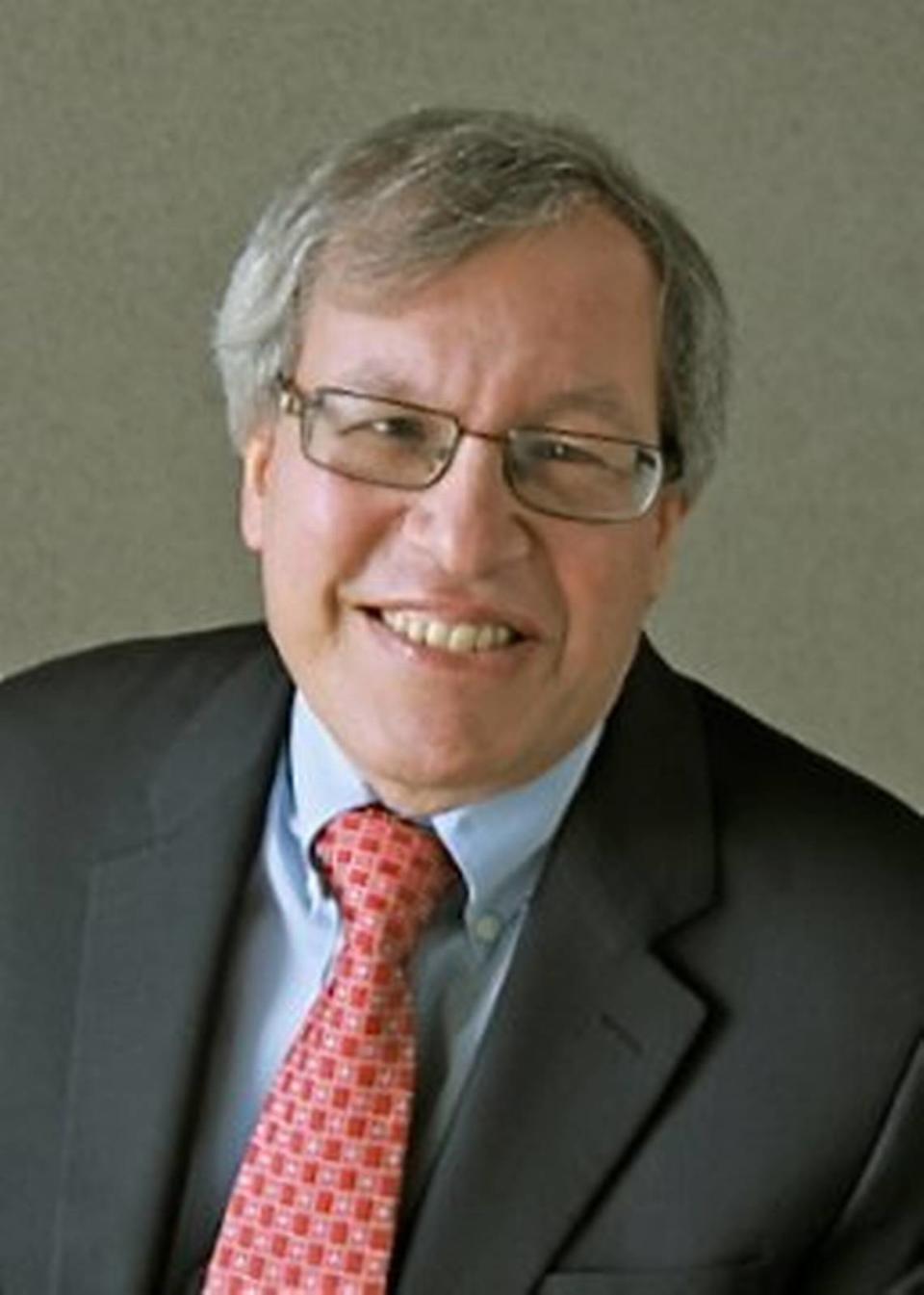By gutting Affirmative Action, the Supreme Court makes it easier to kill diversity | Opinion
- Oops!Something went wrong.Please try again later.
The Supreme Court’s decision on Thursday ending affirmative action will have a devastating effect on diversity in colleges and universities across the country, but will have no effect on public schools in California. That is because affirmative action was eliminated for public entities in California in 1996 by Proposition 209. But the decision will prevent affirmative action from being utilized by private schools in California and by schools in every other state that has not already eliminated affirmative action.
There were two cases before the Supreme Court: Students for Fair Admissions v. University of North Carolina and Students for Fair Admission v. Harvard College. Why two cases? The Constitution and its assurance of equal protection applies only to government institutions, such as the University of North Carolina. Private institutions don’t have to comply with the Constitution. But Title VI of the 1964 Civil Rights Act prohibits recipients of federal funds from discriminating based on race and virtually every private college and university, like Harvard, takes federal dollars.
Opinion
Chief Justice John Roberts, writing for the Court, effectively overruled 45 years of precedent and held that colleges and universities — public and private — cannot use race as a factor in admission decisions to benefit minorities. In several prior rulings, starting in 1978 and as recently as 2016, the Supreme Court held that colleges and universities have a compelling interest in having a diverse student body and may use race as one factor among many in admissions decisions to benefit minorities and to enhance diversity. The Court had stressed that the education of all students is enhanced by diversity in the classroom and in the student body.
But Chief Justice Roberts’ opinion flatly rejected that diversity is a compelling interest and concluded that affirmative action is a form of race discrimination prohibited by the Constitution and federal law. Justices Sonia Sotomayor and Ketanji Brown Jackson wrote strong dissenting opinions, joined by Justice Elena Kagan (though Justice Jackson did not participate in the Harvard case because until recently she had been on the Harvard Board of Overseers). The dissents objected to the overruling of precedent, stressed the importance of diversity in education, and lamented the likely effect on minority students.
The experience of California now will be instructive for the country as to the impact of the Supreme Court’s decision and as to what can be done to overcome it. Proposition 209 amended the California Constitution to prohibit government entities in the state from discriminating or giving preference based on race or sex in education, contracting or employment. In other words, it outlawed affirmative action. The initial impact was devastating on diversity.
For example, at UCLA and at Berkeley, the number of Black and Latino students fell by 50% between 1995 and 1998. At the UC Berkeley School of Law, where I am now dean, there was only one Black student in the entering class in the year after Proposition 209 was enacted.
But through concerted efforts, public universities found ways of achieving diversity without affirmative action. But it took time and much trial and error. It took UCLA 19 years, until 2015, to achieve its pre-1996 levels of diversity. Schools can engage in aggressive outreach and recruitment. They can consider the role of race in a person’s life, such as in overcoming obstacles. Chief Justice Roberts’ opinion was explicit in saying this is still allowed. Schools can look at factors other than race — such as socioeconomic status — as ways to achieve diversity. But it will be difficult.
For example, the experience of the University of California is that giving a preference based on socioeconomic status does not yield racial diversity. A higher percentage of Black and Latino individuals are economically disadvantaged, but the number of whites who are economically disadvantaged is much larger.
Public schools in California — and in other states like Washington and Michigan — where affirmative action has been eliminated, must now be leaders and show how to achieve diversity without engaging in affirmative action. But there should be no illusions. Sixty percent of selective colleges and universities have been engaging in affirmative action. Now they can’t. Especially at more selective schools, there will be fewer Black and Latino students.
They will be harmed, as will all of the students who are deprived of the benefits of diversity in their education. The hope must be that schools will not give up on diversity, make the concerted effort that now will be needed to achieve it and learn from what has worked in California.
Erwin Chemerinsky is the dean and a professor at the UC Berkeley School of Law.

